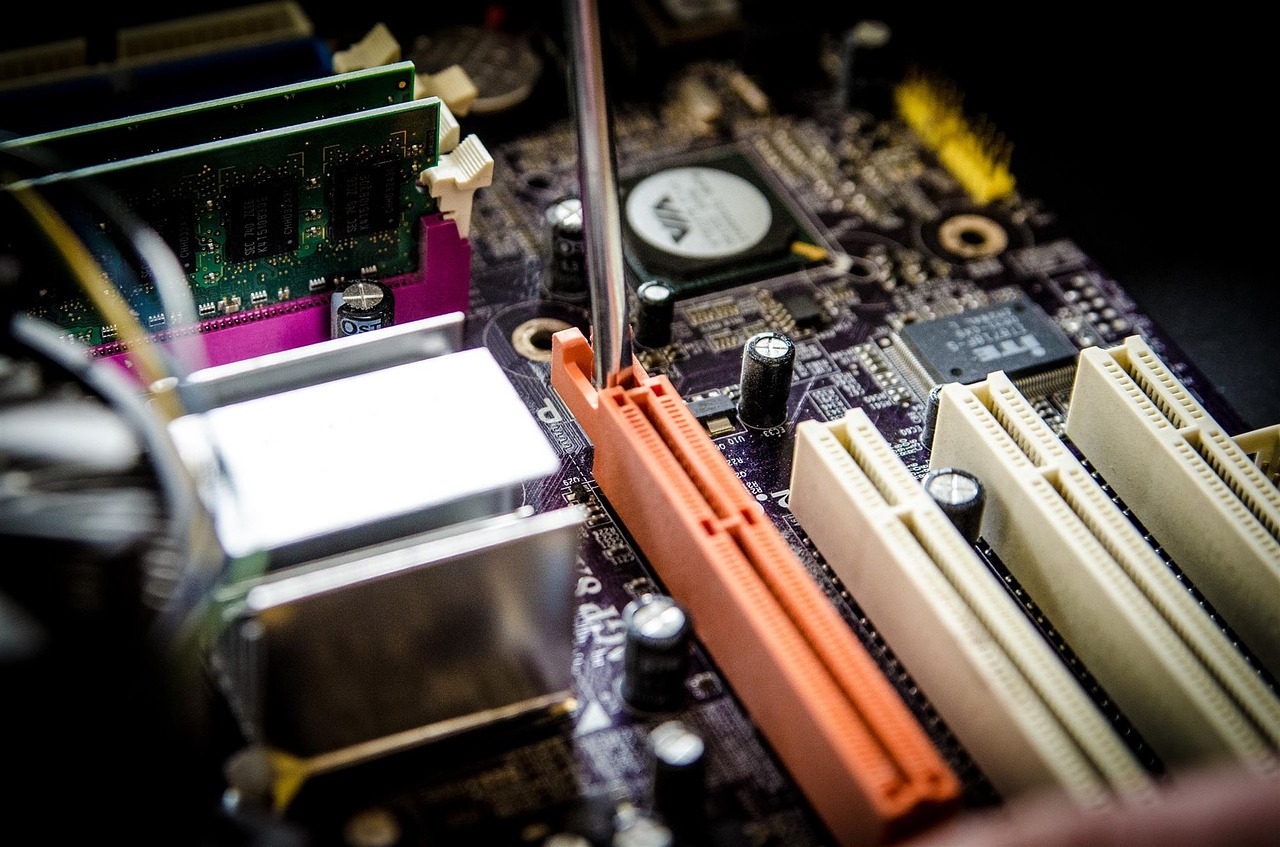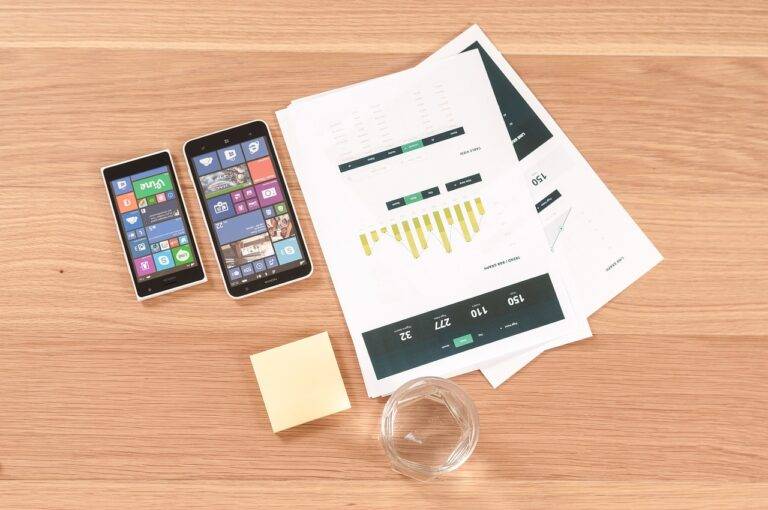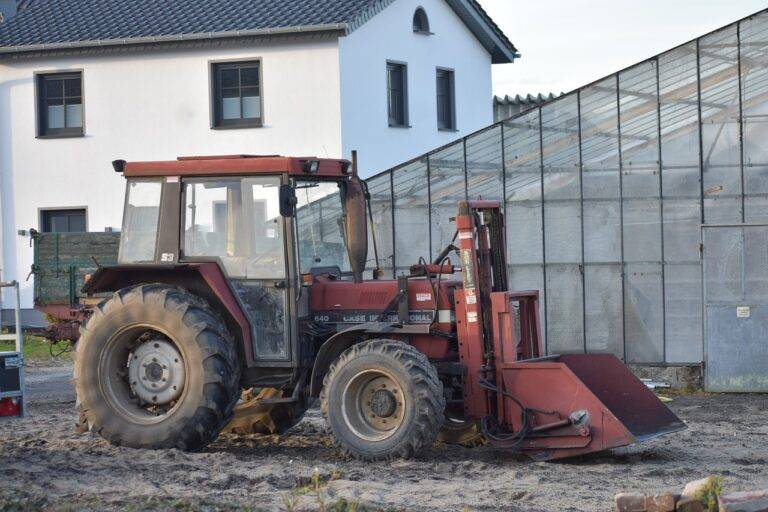The Impact of Tech on Urban Planning and Development
Technology has become an integral part of our daily lives, transforming the way we live, work, and interact with one another. In recent years, the impact of technology on urban planning and development has been increasingly significant. As cities around the world continue to grow and evolve, planners and developers are turning to cutting-edge technologies to enhance efficiency, sustainability, and quality of life for residents.
The Role of Technology in Urban Planning
Urban planning is a complex process that involves designing and managing the physical, social, and economic aspects of a city or urban area. Technology plays a crucial role in every step of the urban planning process, from data collection and analysis to design and implementation.
Data Collection and Analysis
One of the key ways technology is impacting urban planning is through data collection and analysis. Advanced technologies, such as Geographic Information Systems (GIS), drones, and sensors, are being used to gather vast amounts of data on various aspects of the urban environment, including population density, traffic patterns, air quality, and energy consumption. This data is then analyzed to identify trends, make predictions, and inform decision-making.
Design and Visualization
Technology is also revolutionizing the way urban planners design and visualize cities. Tools like Building Information Modeling (BIM) and Virtual Reality (VR) allow planners to create detailed 3D models of proposed developments, enabling them to visualize how new buildings and infrastructure will fit into the existing urban fabric. This technology helps planners and developers make more informed decisions and communicate their vision to stakeholders more effectively.
Sustainability and Resilience
Technology is playing a critical role in promoting sustainability and resilience in urban development. Smart technologies, such as smart grids, smart meters, and smart buildings, are increasing energy efficiency and reducing carbon emissions in cities. Additionally, advancements in renewable energy, green infrastructure, and resilient design are helping cities mitigate the impacts of climate change and build more sustainable, resilient urban environments.
The Future of Urban Planning
As technology continues to advance at a rapid pace, the future of urban planning is likely to be shaped by emerging technologies such as artificial intelligence, autonomous vehicles, and the Internet of Things (IoT). These technologies have the potential to transform the way cities are designed, built, and managed, creating more efficient, livable, and sustainable urban environments for all residents.
FAQs
Q: How is technology impacting urban transportation?
A: Technology is revolutionizing urban transportation through innovations such as ride-sharing services, electric vehicles, and autonomous vehicles. These technologies are helping cities reduce traffic congestion, improve air quality, and increase access to transportation options for all residents.
Q: How does technology enhance urban communication and engagement?
A: Technology is enabling cities to communicate and engage with residents more effectively through tools such as social media, mobile apps, and online platforms. These technologies help cities gather feedback, provide information, and engage citizens in decision-making processes.
Q: How can technology help cities become more sustainable and resilient?
A: Technology can help cities become more sustainable and resilient by promoting energy efficiency, reducing carbon emissions, and enhancing disaster preparedness. Smart technologies, renewable energy systems, and green infrastructure play a key role in building more sustainable and resilient urban environments.
Overall, the impact of technology on urban planning and development is profound and far-reaching. By harnessing the power of technology, cities can create more efficient, sustainable, and livable urban environments for all residents.





